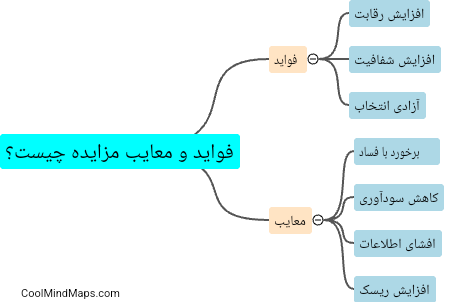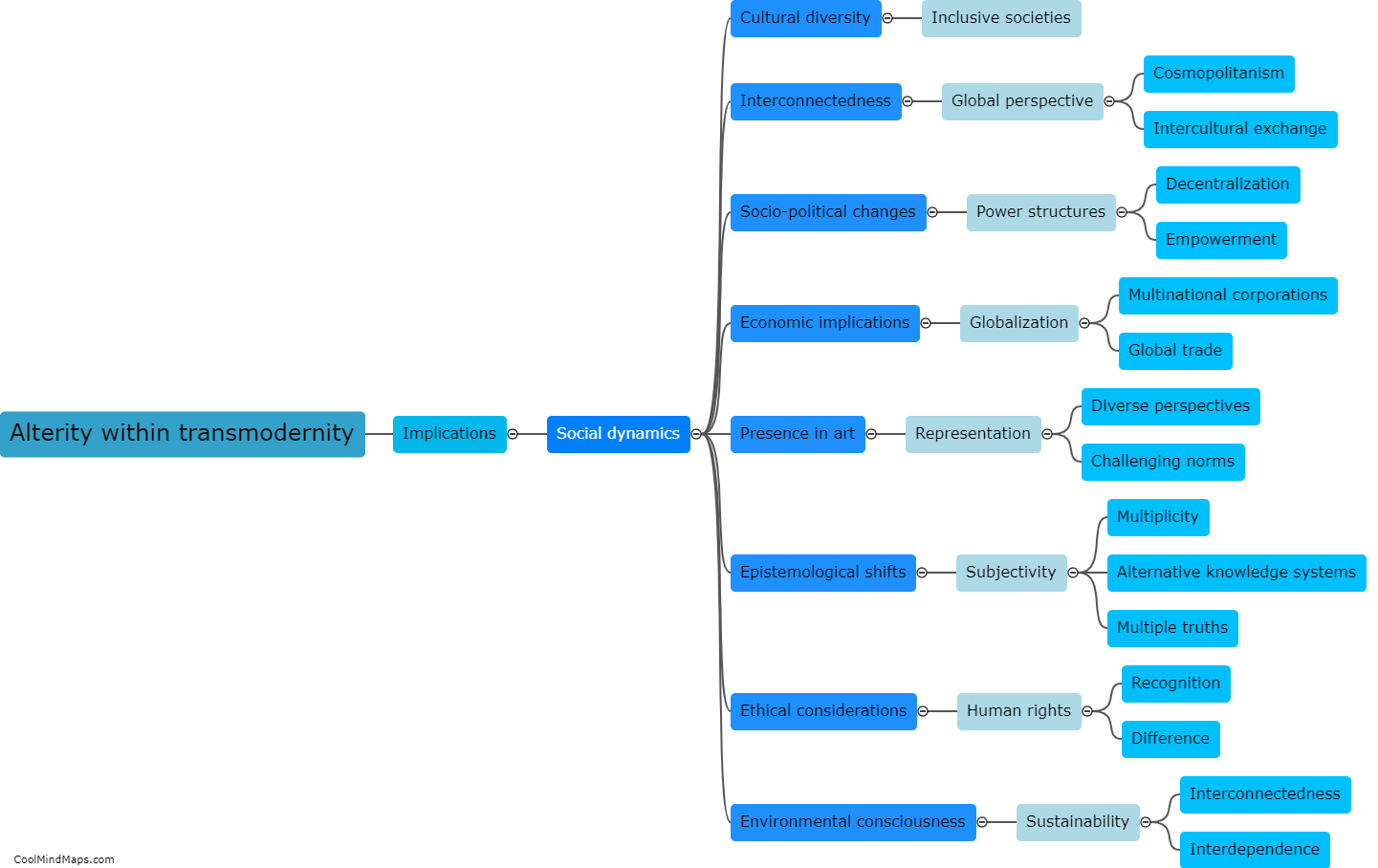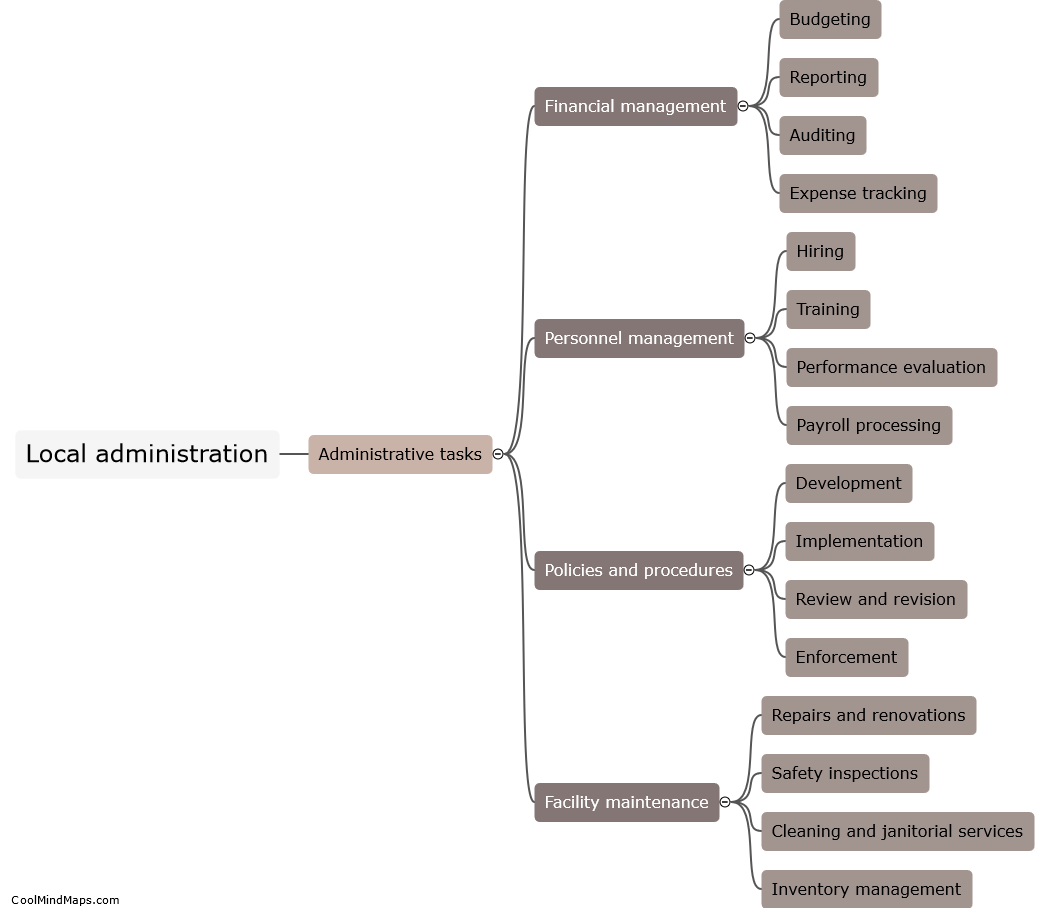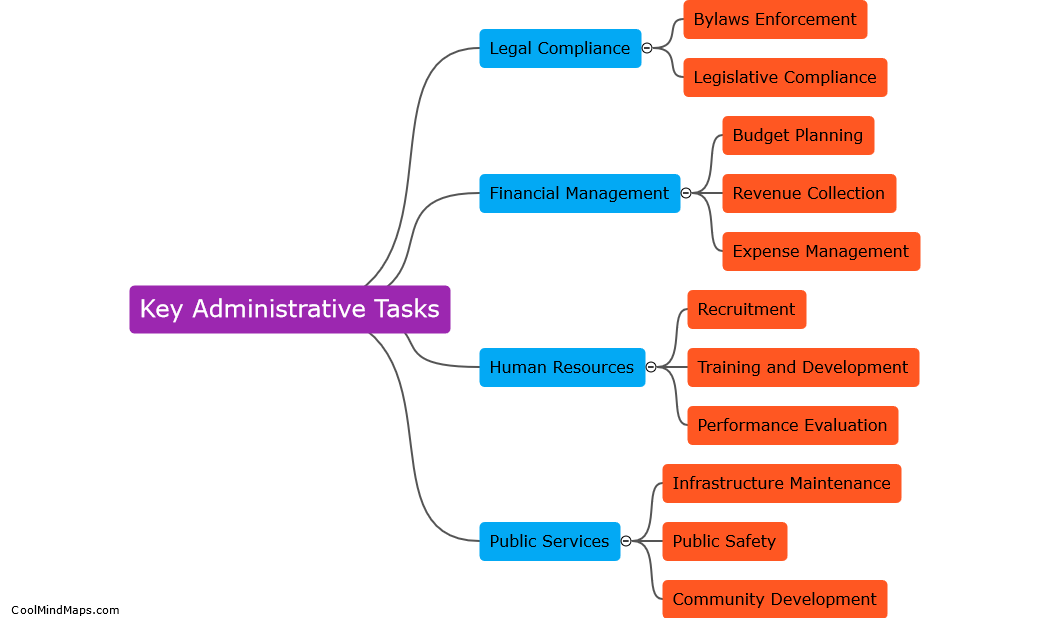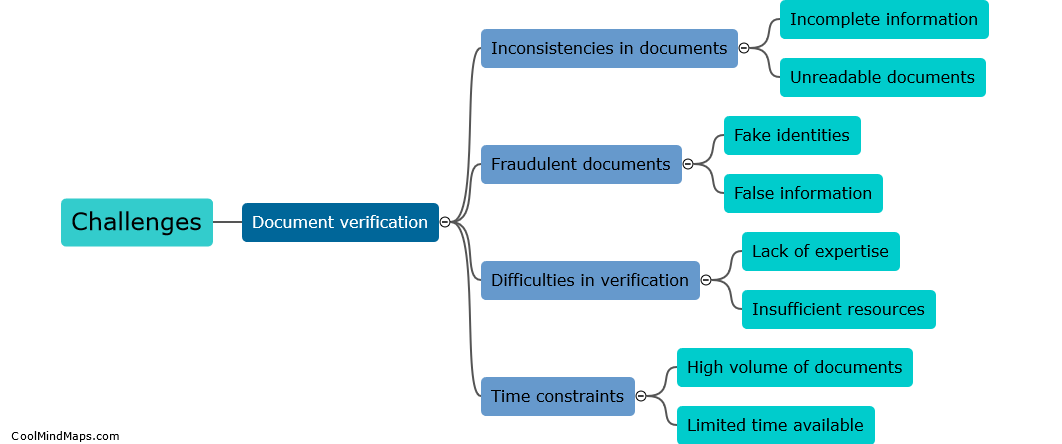What technologies are utilized for document verification in local government?
Document verification in local government typically involves the use of various technologies to ensure the accuracy and authenticity of important documents. One commonly used technology is optical character recognition (OCR), which enables the scanning and digitization of paper documents, making them searchable and easily retrievable. Another technology utilized is secure digital signatures, which provide a method for electronically signing documents and verifying the identity of the signer. These signatures are often encrypted and can be integrated with authentication systems to ensure the integrity of the document. Additionally, government agencies may employ biometric technologies, such as fingerprint or facial recognition, for identity verification purposes, especially in cases involving sensitive documents. Overall, these technological advancements enhance efficiency, security, and reliability in document verification processes within local government.
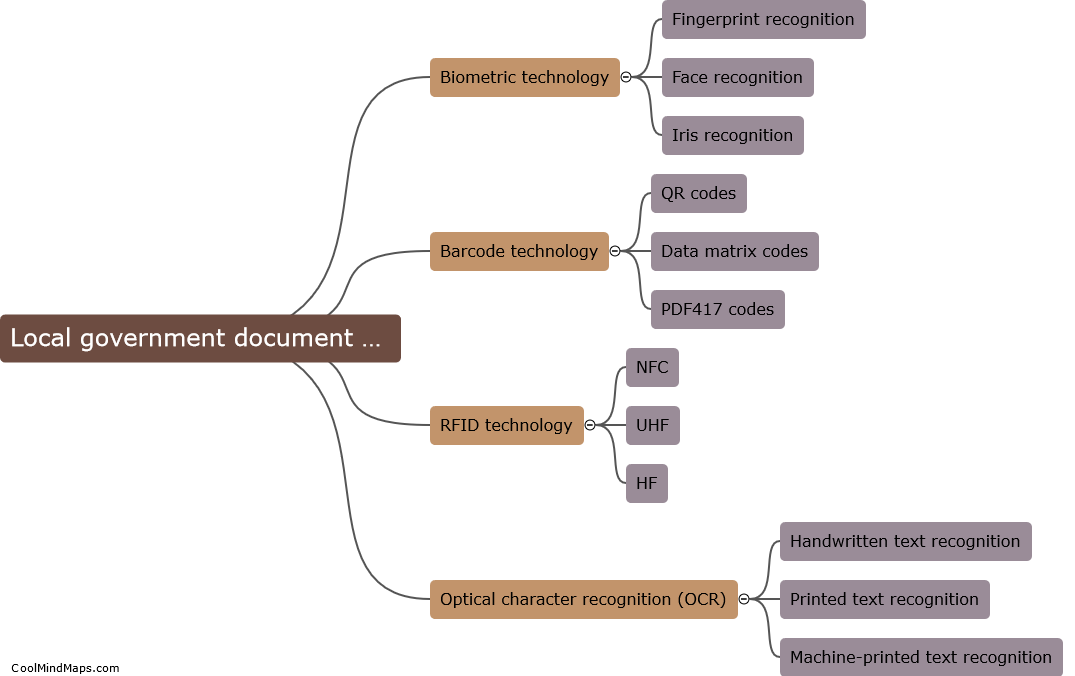
This mind map was published on 9 November 2023 and has been viewed 83 times.


